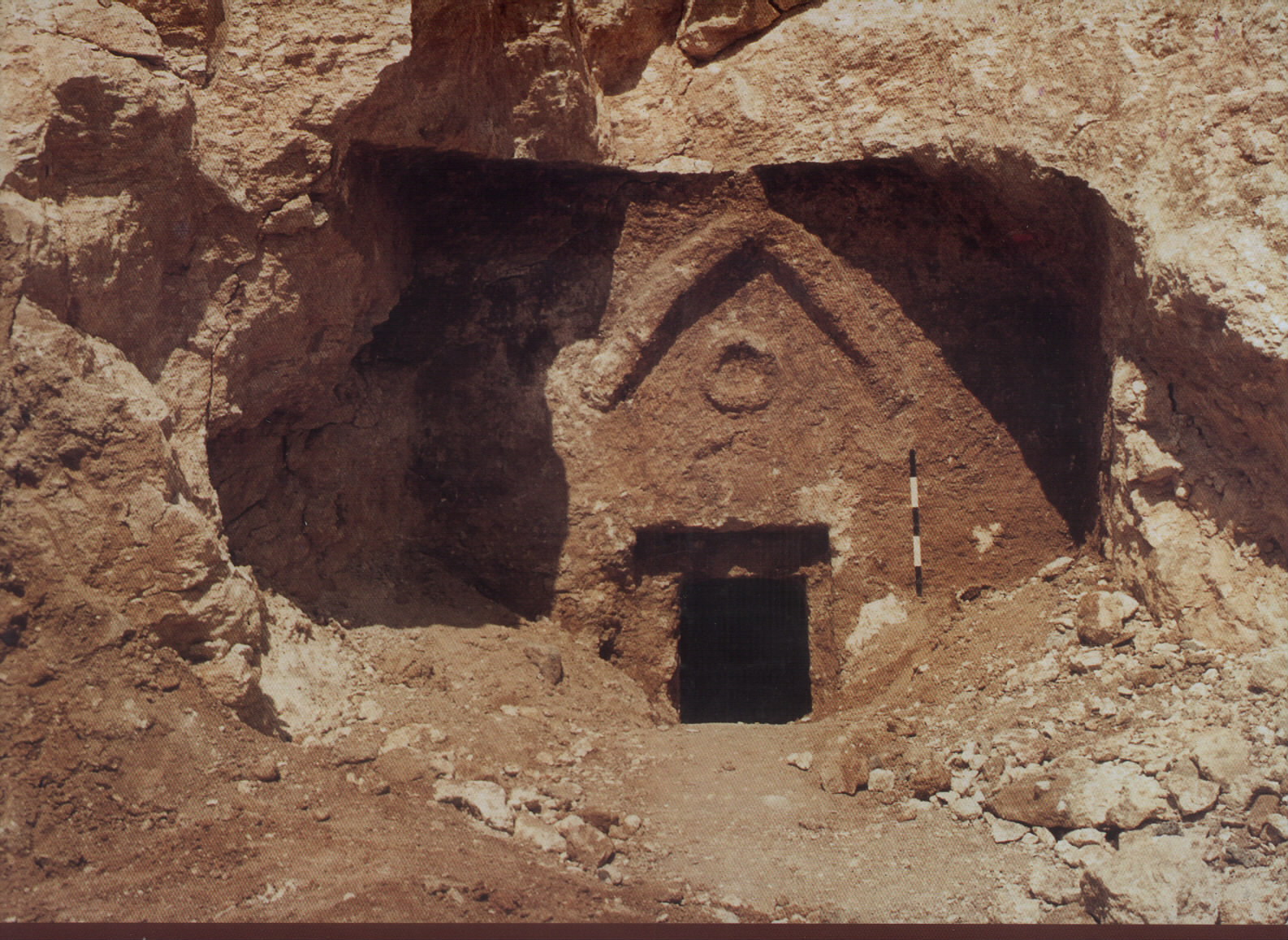

His 1988 foray made it clear that the tomb wasn't as dull as Burton had thought. Then, in the late 1980s, came the proposed parking area and Weeks' concern. A dismissive Carter used its entryway as a place to dump the debris he was hauling out of Tut's tomb. Britain's James Burton had burrowed into the site of Tomb 5 back in 1820, and decided that there was nothing inside. Given such long and unrelenting scrutiny, most archaeologists had pretty much decided there were no major discoveries left to make in this part of Egypt. A total of 61 burial spots had been found by the time the British explorer Howard Carter opened the treasure-laden tomb of King Tutankhamun in 1922.
#Secrets of the lost tomb expansions series
Napoleon brought his own team of excavators when he invaded in 1798, and a series of expeditions in the 19th and early 20th centuries uncovered one tomb after another. Archaeologists have been coming as well, for centuries at least. Tourism has been brisk in the valley for millenniums: graffiti scrawled on tomb walls proves that Greek and Roman travelers stopped here to gaze at the wall paintings and hieroglyphics that were already old long before the birth of Christ. It's never exactly been off the beaten track. The Valley of the Kings, in which Tomb 5 is located, is just across the Nile River from Luxor, Egypt. Says Emily Teeter, an Egyptologist with Chicago's Oriental Institute Museum: "To find large tombs is one thing, but to find something like this, that's been used for dozens of royal burials, is absolutely amazing." The cheeky London Daily Mail carried this headline: PHARAOH'S 50 SONS IN MUMMY OF ALL TOMBS. That would make Tomb 5 the biggest and most complex tomb ever found in Egypt - and quite conceivably the resting place of up to 50 sons of Ramesses II, perhaps the best known of all the pharaohs, the ruler believed to have been Moses' nemesis in the book of Exodus.
Although the tomb is mostly unexcavated and the chambers are choked with debris, Weeks is convinced that there are more rooms on a lower level, bringing the total number to more than 100.

"On each side were 10 doors, and at the end there was a statue of Osiris, the god of the afterlife." Two more corridors branched off from there, with 16 more doors on each one. "We found ourselves in a corridor," Weeks remembers.

Eventually he was able to pry open a door blocked for thousands of years - and last week announced the discovery of a lifetime. Kent Weeks, an Egyptologist with the American University in Cairo, embarked in 1988 on one final exploration of the old dumping ground. Wanting to be sure the new parking facility wouldn't destroy anything important, Dr. from King Tut's resting place, just beyond a few rubble-strewn rooms that previous excavators had used to hold their debris. But for that parking lot, in fact, no one would have ever known the treasure that lay only 200 ft. Had long since lost interest in the site of Tomb 5, which had been explored and looted decades ago, and was about to give way to a parking lot.


 0 kommentar(er)
0 kommentar(er)
